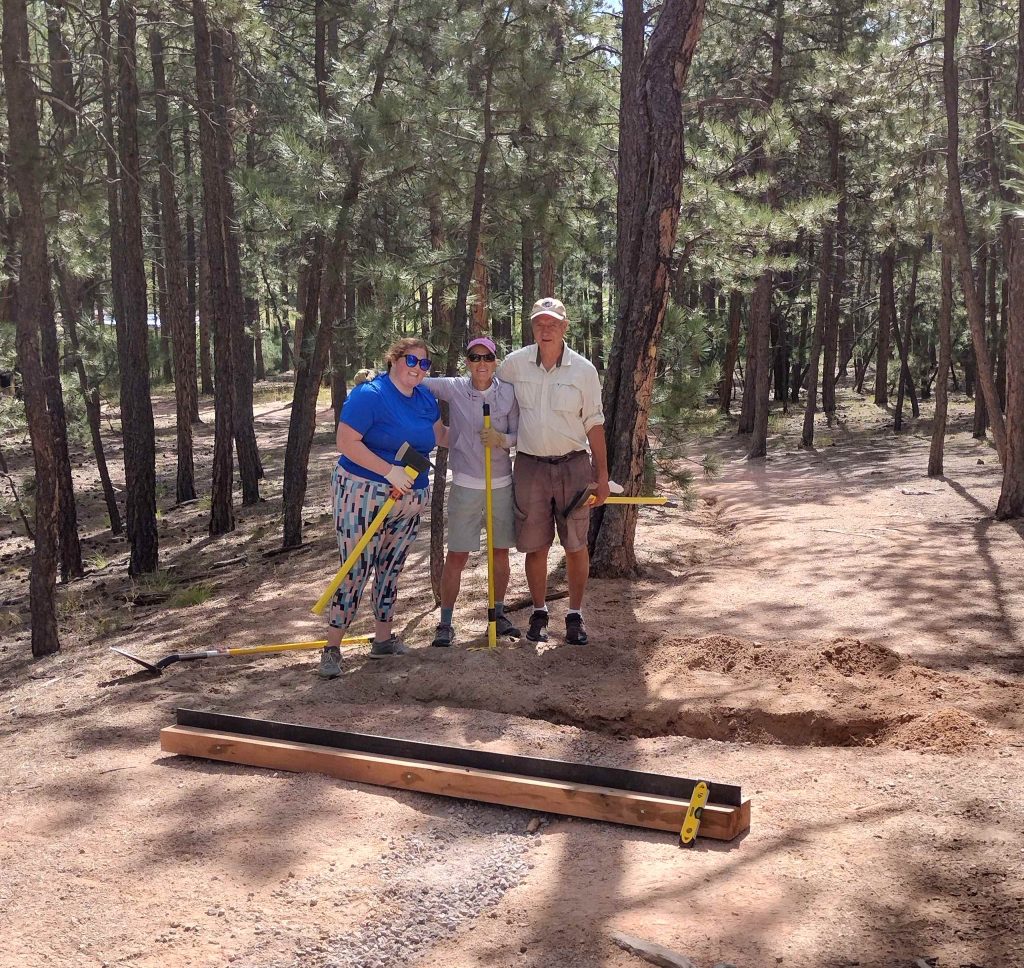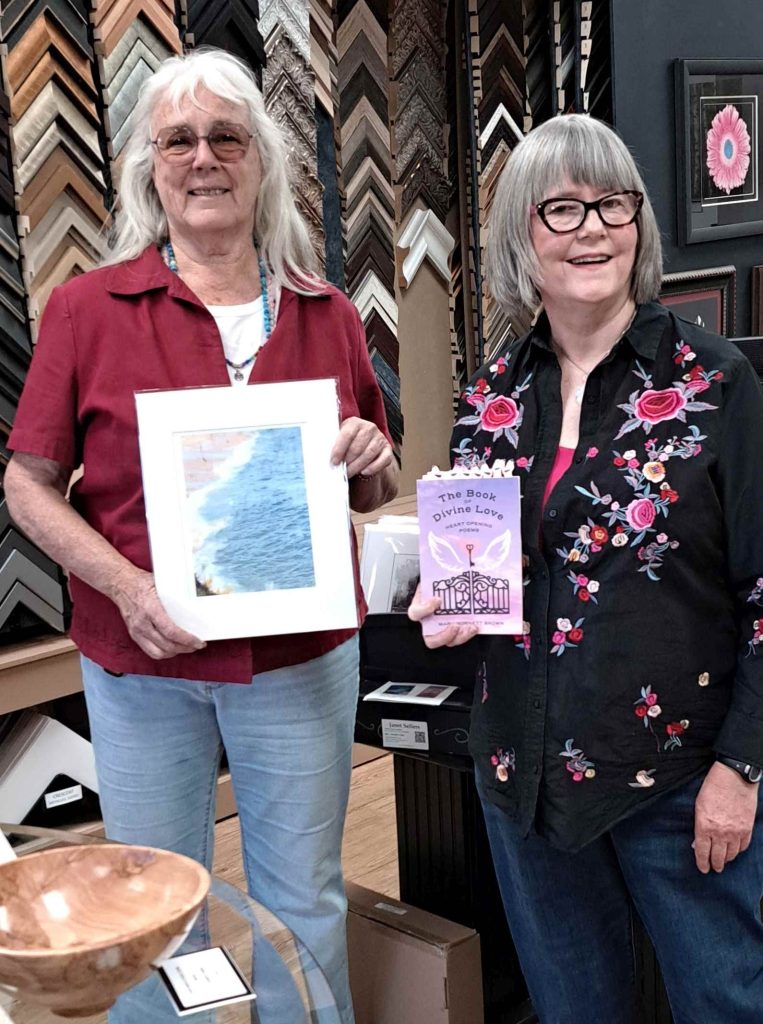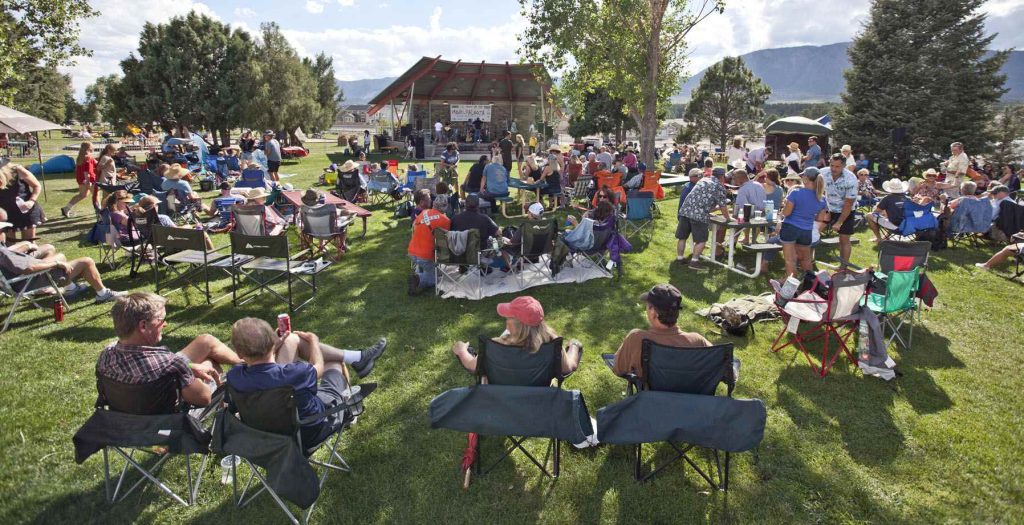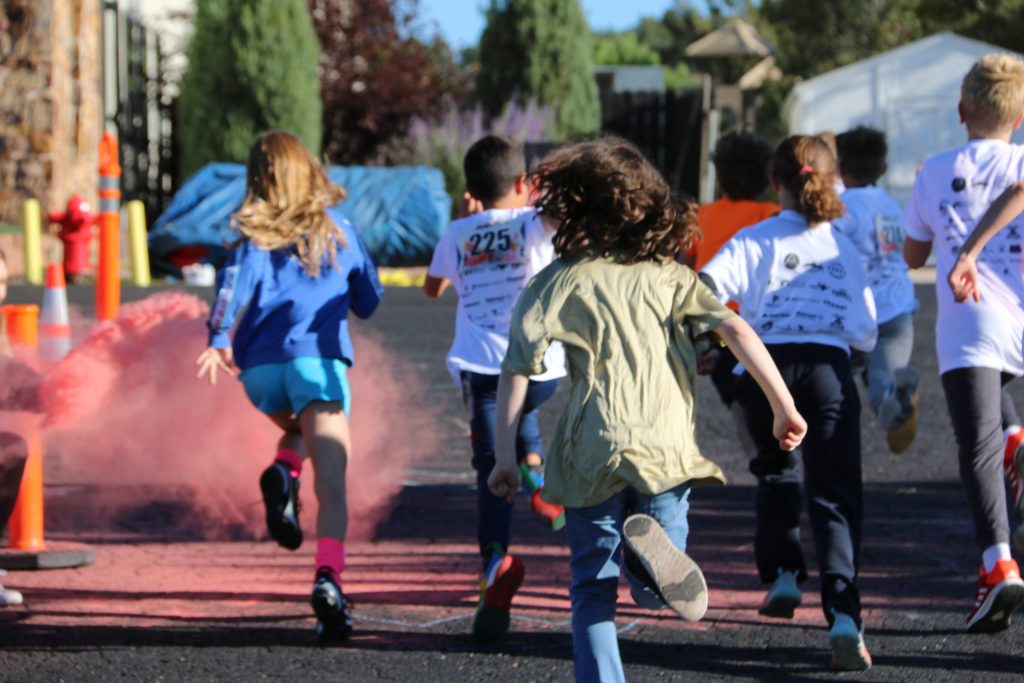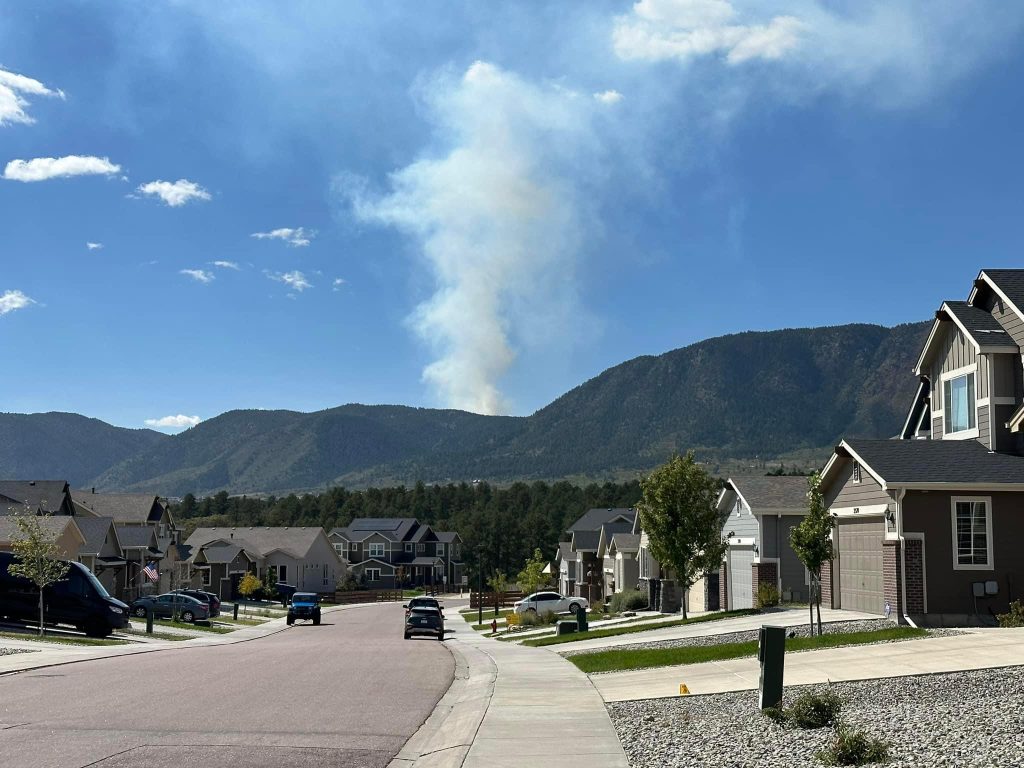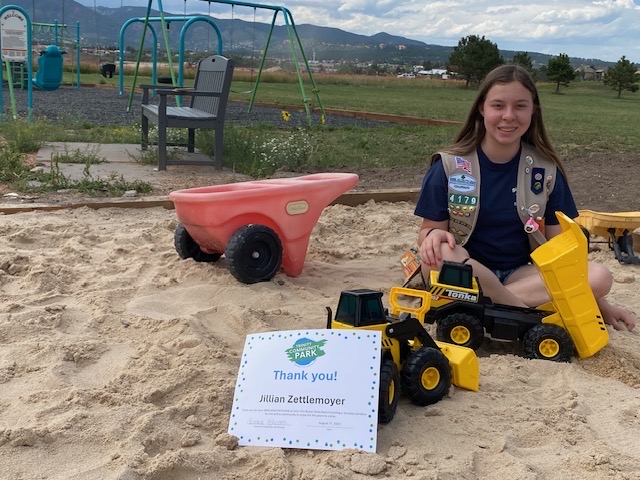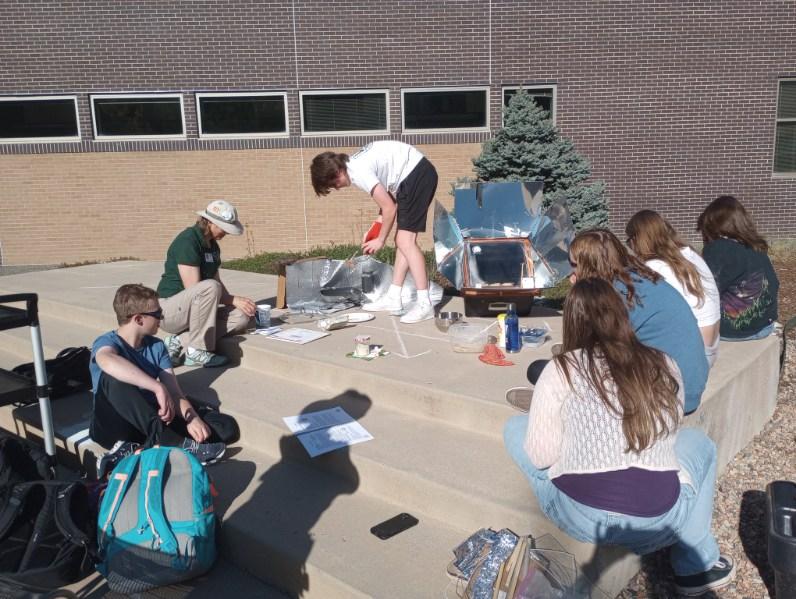By Janet Sellers
“It’s amazing how many worries are lost while gardening.”—”The Empress of Dirt”
Cinnamon is good for people and gardens
I’ve used cinnamon for flower pots and veggie beds to keep out critters with success, but I recently learned about the wide range of how it helps gardening. Cinnamon has gotten more expensive recently, so I have also used pepper flakes and cayenne powder instead—which started with trying to keep our kitten off the Christmas tree branches. It worked great for that.
Cinnamon protects soil and plants from fungi, rot, and more. It deters houseflies, aphids, moths, ants, and spiders even from our closets. I put cinnamon oil or powder on pine cones in a dish or on a shelf—even on a ribbon to dangle by the door. Cornell University cooperative extension reports pesticidal uses include insecticide and acaricide. Repellent of cockroaches, mosquitoes, dogs, and cats. Nematicide for plant parasitic nematodes. Fungicide for disease control in edible mushrooms and more.
The website www.realmissolliesoakland.com/ reports, “… Cinnamon has lots of eugenol, a popular insect-repellent ingredient. The spicy heat and strong aroma of cinnamon can also disrupt insect pheromones, separating them from their fellow bugs and disrupting communication.” It is very good for human food since it has iron, calcium, fiber, various vitamins, and manganese. It also contains carbs, fats, lipids, and proteins.
Tool care in fall in our high desert climate
The Empress of Dirt website (a fun favorite of mine) offers advice for good fall routines: Paint the ends of tools bright colors, rinse off tools in diluted household bleach (4 teaspoons bleach for quart of water) for one minute and then dry well.
Kevin at the Epic Gardening website has rusty tool hints: Clean pruners in a white vinegar bath. Just put the tool in a jar that fits the tool head, add vinegar up past the rust area, and next day the rust is in the vinegar. Then tackle the rest with a kitchen scrub pad and get all the rust and crud off. Then lube and protect with 3-in-1 oil. I clean my hands with Dawn dish soap, but many use Lava soap which has scrubbing pumice in it.
Wooden handles: Sand and protect with boiled linseed oil. Protect moving parts with 3-in-1 oil or WD-40 (check with the manufacturer’s instructions). I use a sponge sander for the handles. I spray WD-40 on cutting tools and use folded 400 grit sandpaper in a back-and-forth motion to sharpen tools. (I dip things like shovels in a bucket of sand to clean them off, and the sand also seems to help the edges). Many people take their tools to a pro for this.
Janet Sellers is an avid “lazy” gardener, letting Nature lead the way for fun kid-and pet-safe gardening. Contact her at JanetSellers@ocn.me.
Other High Altitude and Nature Gardening articles
- High Altitude Nature and Gardening (HANG) – Wild outdoors: pine needle bread, gardening in March (3/1/2025)
- High Altitude Nature and Gardening (HANG) – Very good plants, harmful invaders (2/21/2025)
- High Altitude Nature and Gardening (HANG) – Fermented February, cocoa mulch, and a chocolate “workout” (2/1/2025)
- High Altitude Nature and Gardening (HANG) – Pretty, edible plants that deter mosquitoes and deer (1/23/2025)
- High Altitude Nature and Gardening (HANG) – January is a seed starter month (1/4/2025)
- High Altitude Nature and Gardening (HANG) – Winter, our backyards, and forests (12/5/2024)
- High Altitude Nature and Gardening (HANG) – Let’s protect our forests, soil, and gardens (11/2/2024)
- High Altitude Nature and Gardening (HANG) – The garden as investment: gardening is like banking (10/5/2024)
- High Altitude Nature and Gardening (HANG) – Cut and come again crops to plant in September (9/7/2024)
- High Altitude Nature and Gardening (HANG) – Back to Eden gardening and what to plant in August (8/3/2024)

